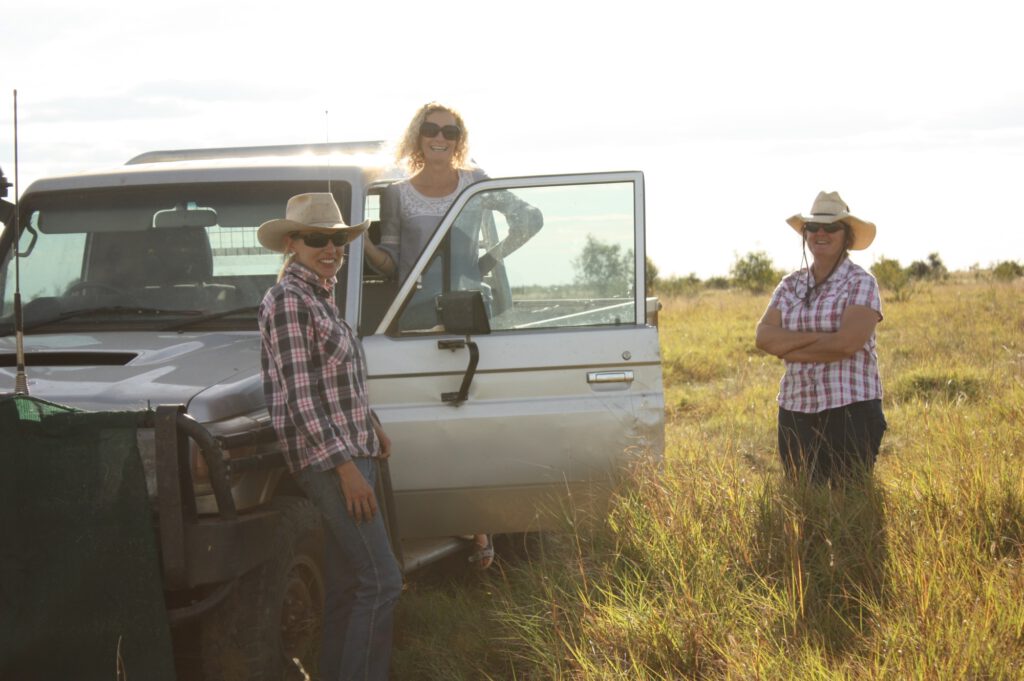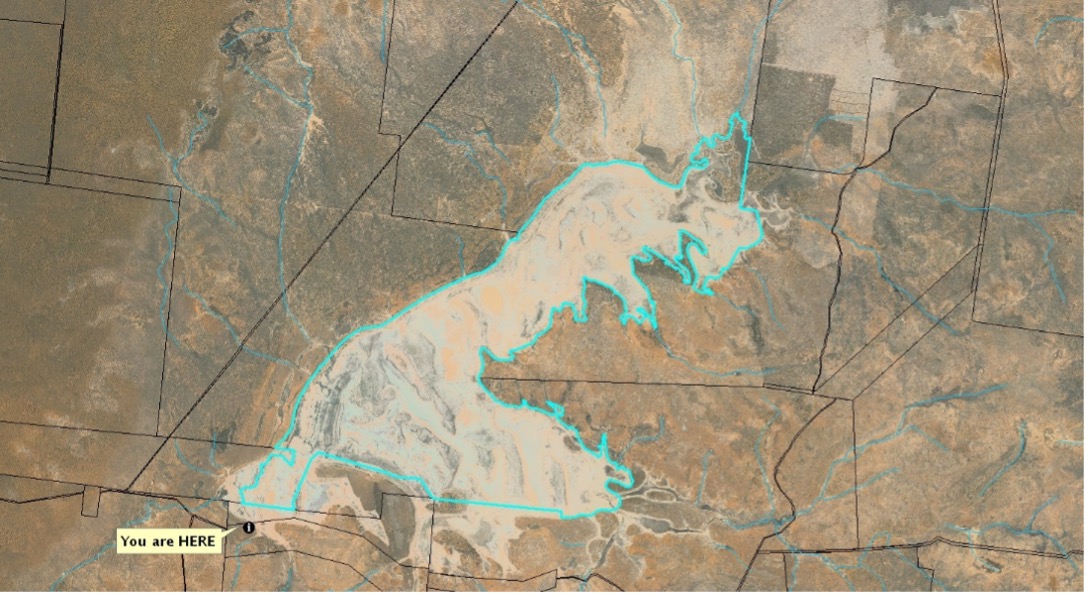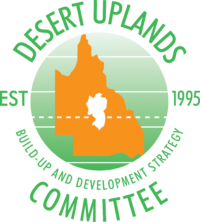A central and important feature of the Desert Uplands Bioregion are internally draining lake. The biggest two are Lake Galilee and Lake Buchanan, both of which are recognised internationally as HCVAE – High Conservation Value Aquatic Ecosystem. Both lakes and many smaller are important for north-south migratory birds, which, in the strong wets, flock in, many species and in their thousands for a fast, rapacious fill and breeding time.
Lake Galilee covers about 25,000ha. Almost U-shaped, it’s about 36km in a northwest-south orientation and is up 12.5km wide. Its internally-draining catchment is fed by some 20 seasonal streams. The lake usually contains water bodies after wet season rain, but this doesn’t last long due to the evaporation rates of the Desert Uplands being about six times the rainfall.

The lake contains six major wetland habitats
- the dry saline clay flats which are seasonally flooded,
- samphire flats on the higher ground on the edges of the lake floor,
- sandy beach around the edge of the lake, supporting beefwood, grevilleas, sally wattle and ironwood,
- gidgee woodland on red dunes on the southern part of the lake;
- freshwater swamps behind the dunes with coolabahs, and
- fringing areas of open scrub in the saline flood zones – Belalie entirely.
These various habitats provide an important refugia and breeding site for waterbirds with over 32 species recorded and over 50,000 individuals counted in May 2008.
The lake’s catchment area is highly productive cattle country with Lake Galilee landholders managing it in a sustainable way in keeping with Lake Galilee’s significant wetland values. The Desert Uplands Committee has enabled various projects, often partnering with other government agencies, NRMs and councils, supporting these landholders. Weed work including monitoring, mapping and follow-up, bird surveys, managing tourism ingress and visitation signage and infrastructure are some of such activities, most enveloped into the detailed Lake Galilee Landholder Management Plan.

